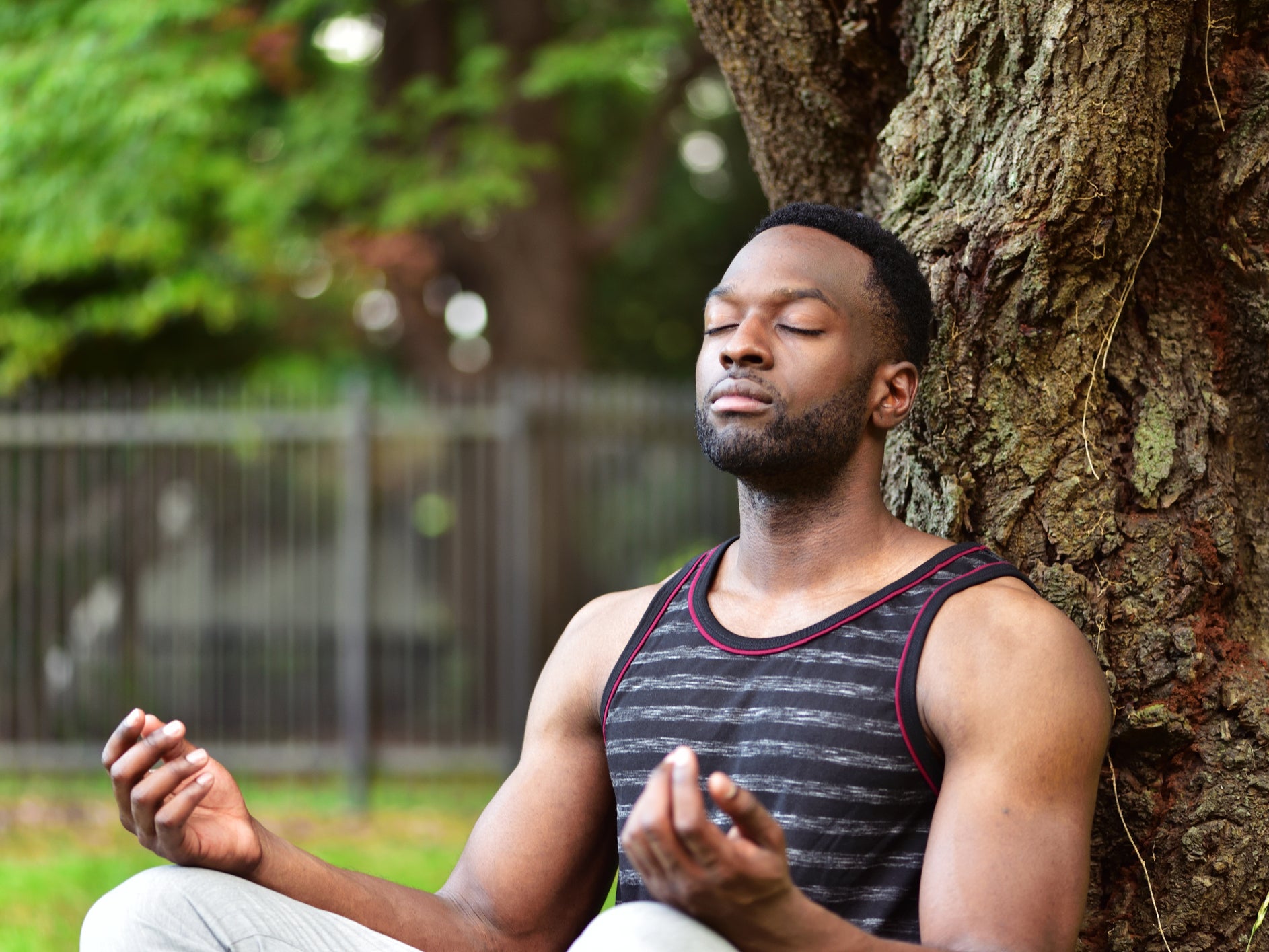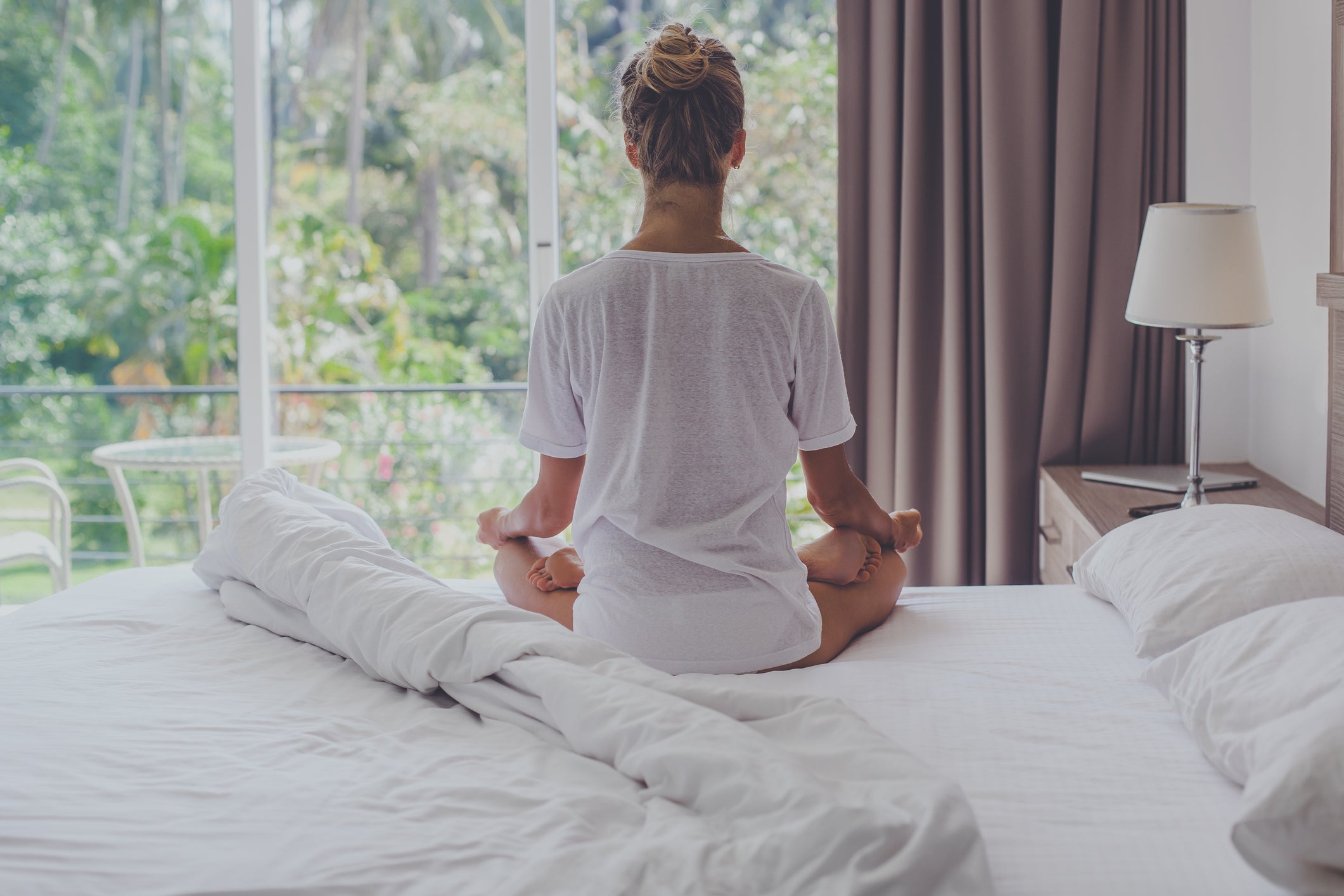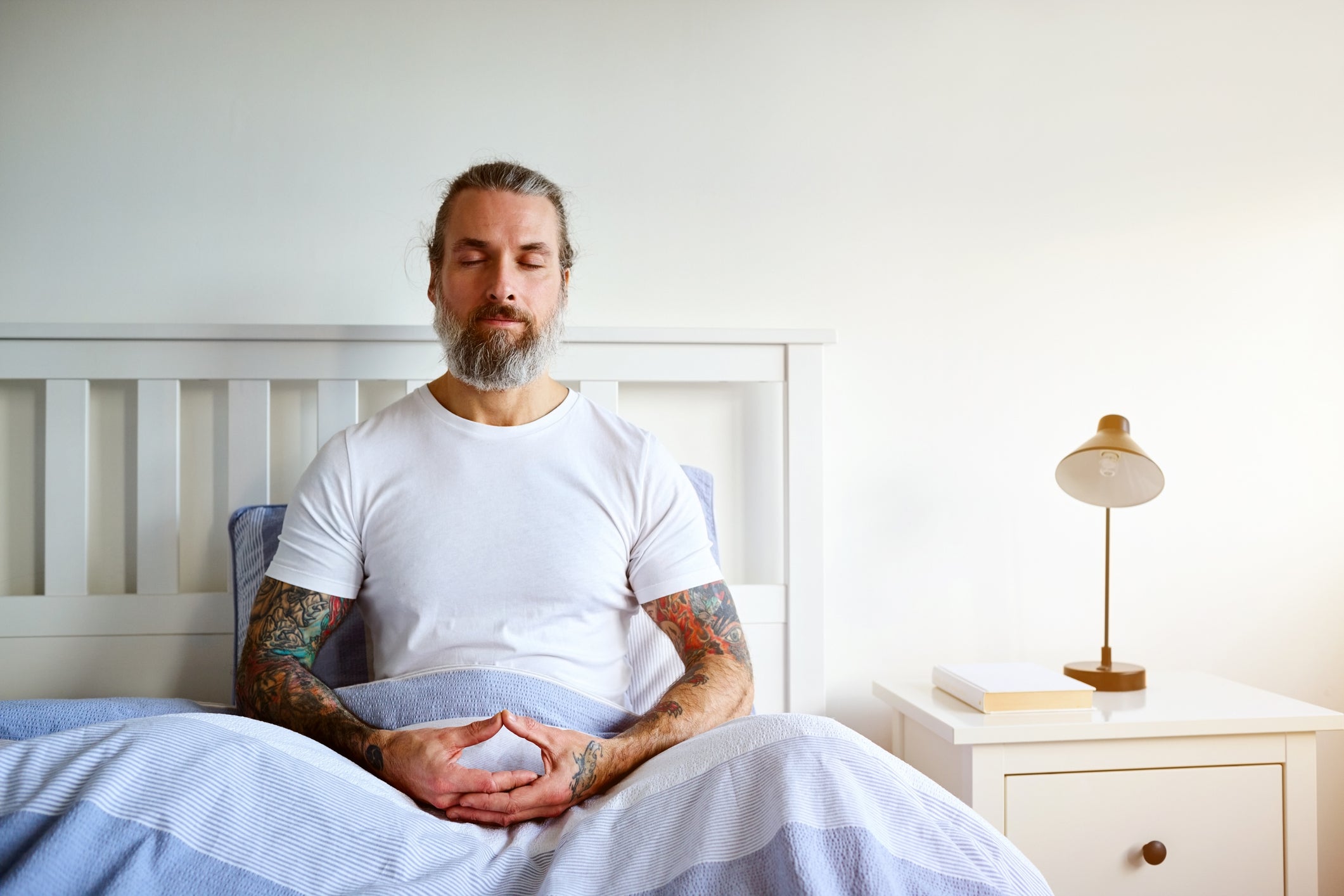The Independent's journalism is supported by our readers. When you purchase through links on our site, we may earn commission.
World Meditation Day 2020: How to meditate for beginners, according to experts
Comfort is key when attempting to achieve a calm, meditative state

Your support helps us to tell the story
From reproductive rights to climate change to Big Tech, The Independent is on the ground when the story is developing. Whether it's investigating the financials of Elon Musk's pro-Trump PAC or producing our latest documentary, 'The A Word', which shines a light on the American women fighting for reproductive rights, we know how important it is to parse out the facts from the messaging.
At such a critical moment in US history, we need reporters on the ground. Your donation allows us to keep sending journalists to speak to both sides of the story.
The Independent is trusted by Americans across the entire political spectrum. And unlike many other quality news outlets, we choose not to lock Americans out of our reporting and analysis with paywalls. We believe quality journalism should be available to everyone, paid for by those who can afford it.
Your support makes all the difference.This year, World Meditation Day is being observed on Thursday 21 May.
The benefits of meditation have been explored in various scientific studies over the years, with recent research revealing that mindfulness can be effective for easing chronic pain.
While some may be intrigued about the supposed positive effects of regular meditation, those will little experience of the practice may feel put off from trying it.
From ensuring you're in a comfortable position to focusing on your breathing pattern, here's how you can master the art of meditation, according to experts:
Start small

If you're a beginner, you shouldn't feel the need to meditate for long periods of time, meditation and wellbeing consultant Emma Mills tells The Independent.
"Start out with two to five minutes of meditation so as not to overextend yourself or become bored," Mills states.
Time your meditation wisely

If you don't think you an easily fit a session of meditation into your day, it may be best to try meditating first thing in the morning or just before bed, Mills says.
"First thing in the morning your mind is fresh from sleep and hasn’t received a days worth of impressions and so it can be easier to focus than at the end of the day when you’re full of the days ideas and concerns," the meditation expert states.
On the other hand, meditation may help you drift off to sleep quicker in the evening.
Be comfortable
While some think that meditation can only be practised in a crossed-legged position, this isn't a correct assumption, explains Will Williams, wellbeing advisor for the Organisation for Economic Co-operation and Development and founder of World Meditation Day.
Instead, you should place greater importance on being as comfortable as possible.
"There is no need to sit with legs crossed or with a straight back, in fact it often works better when you're in a relaxed seated position," he states.
Close your eyes and focus on your breathing
Once you're settled in your chosen position, the next step is to close your eyes, Williams says.
Then, you can start concentrating on your breathing pattern, making sure that your inhale through the nose and exhale through the mouth.
Williams warns not to breathe "to the point of strain", keeping your breathing nice and relaxed.
Pay closer attention to your body
When your eyes are closed, this allows you to focus on your other senses to a greater degree.
"Scan your body, connect with every part of your being and identify the most dominant sensation you feel," Williams states.
"You should let your attention gently rest there for two minutes. By putting our attention there it will help the body settle."

Bring your meditation to a close
When you decide you've finished your meditation session, rather than abruptly open your eyes, Williams advises finishing at a gradual pace.
"Once you've completed your time, stop thinking the sound," he says.
"Keep your eyes closed for one and a half minutes and just tune into your breath once more, allowing yourself to integrate the experience before opening your eyes."
Use a meditation app
If you're in need of further guidance when learning how to meditate, then you could use a mindfulness app.
There are plenty available for iOS and Android smartphones, including Headspace, Stop, Breathe and Think, 10 per cent Happier, Insight Timer and The Mindfulness App.
For all the latest on meditation, click here.
Join our commenting forum
Join thought-provoking conversations, follow other Independent readers and see their replies
Comments